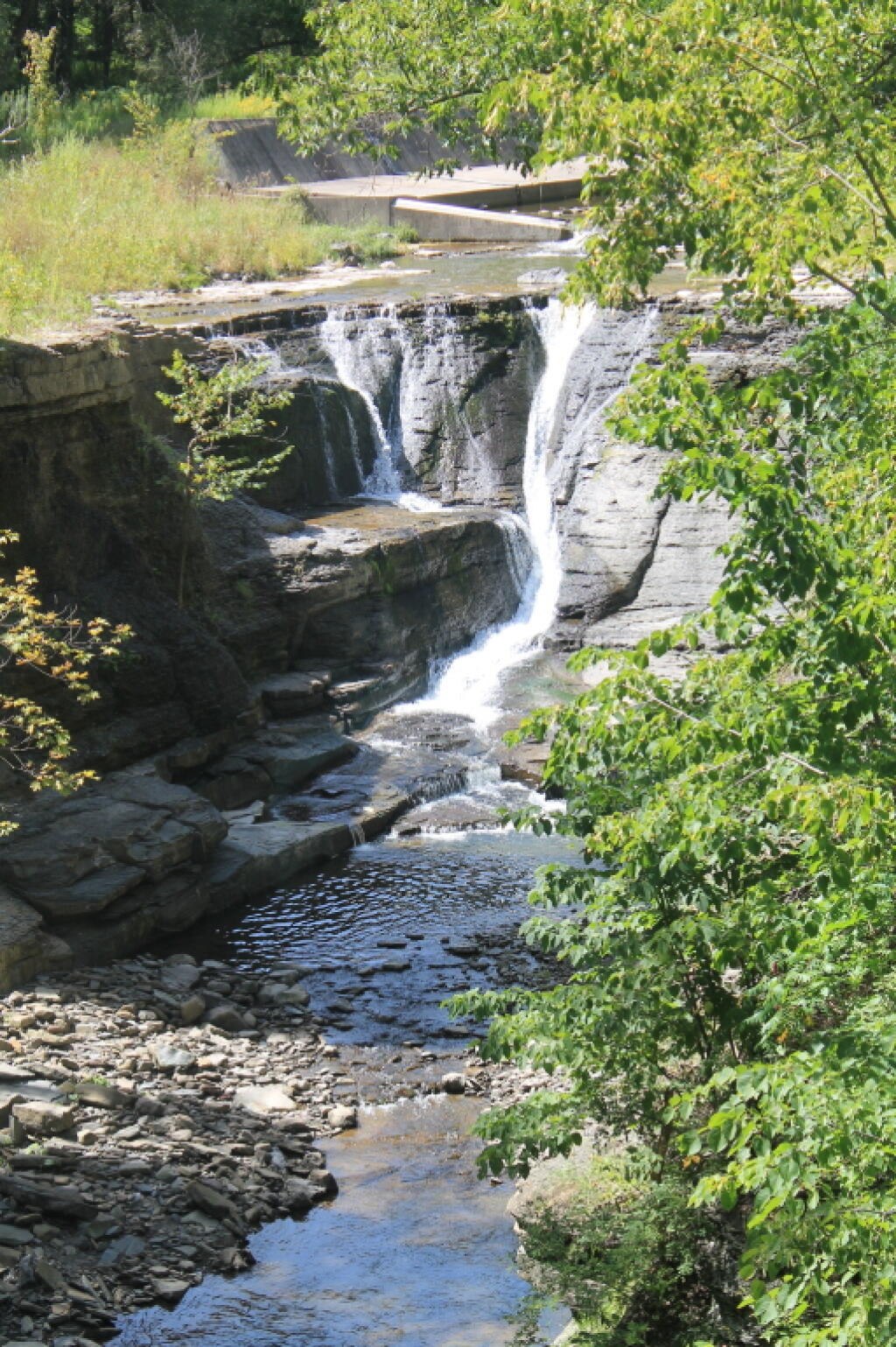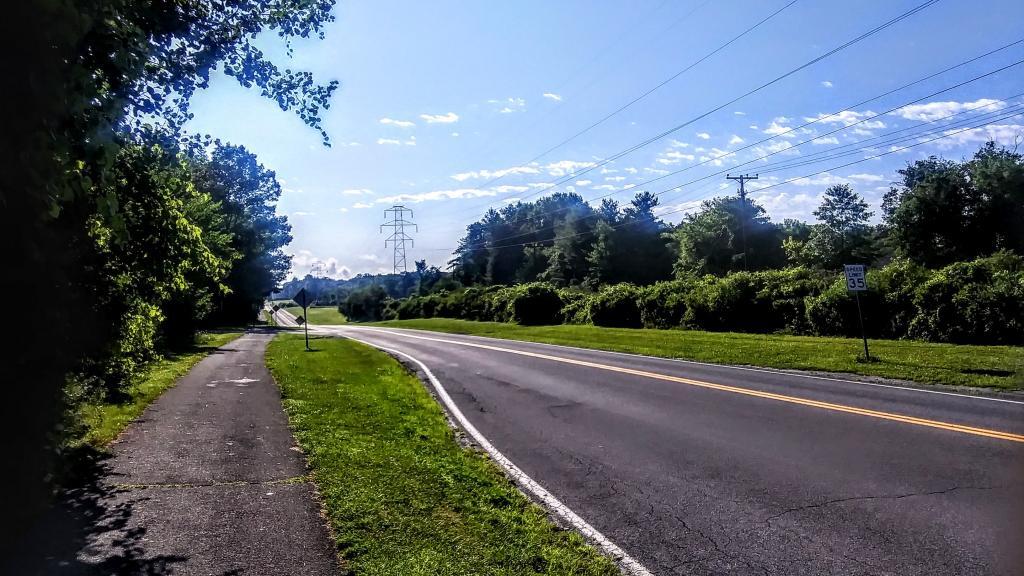Stop Tossing Your Banana Peel on the Trail
Some folks seem to assume that fruits and vegetables left outside will shrivel, turn black, and disintegrate in a matter of hours, like a time-lapse video from middle school biology. In fact, an apple core can take two months to decompose; a banana skin or orange peel, two years, leaving plenty of time for animals who shouldn’t eat it to come along and eat it. Plus, while nature does its thing, that trash—and let’s not mince words, that’s what it is—is an eyesore. It’s also a visual cue to other passers-by that tossing their own trash isn’t a big deal. In other words: Litter begets litter.
While tissues and toilet paper are more of an annoyance to me, if you have a banana peel or apple core, at least bury it or toss it somewhere it's not going to cause a nuisance. But even so, it's probably not a great idea, as you are feeding wild beasts, although I guess it's better then it sitting in a landfill for a million years, the preferred solution of the urbanite.
Bluebird
Posted by Andy Arthur on Wednesday, August 5, 2020
I always get excited when I glass one of those when I’m out hiking at Five Rivers. They’re so pretty!
Oil Country
I've driven across this bridge. The whole area smells like crude oil – a sweet smelling hydrogen sulfide – and Oil Creek…
Posted by Andy Arthur on Wednesday, August 5, 2020
I support Black Lives Matters.
I support Black Lives Matters.
I’ll start if by saying I am just a white boy, as that Merle Haggard song goes. I honestly didn’t know many black people – most of them were city folk – living a life culturally different than myself. But I do believe in political activism and sticking up for ones own rights and betterment of one’s community.
I believe that there is too much government and that too often law enforcement acts like an occupying force rather than a community protector. Too often communities call on law enforcement to do all jobs, but the problem is the only tool set that police really have is the penal law. They’re a hammer – an excellent tool for nailing nails but an awful tool for fixing most problems with an automobile.
I think we need a more just police force, a smaller one that does less and treats people more fairly – regardless of race. We need less laws and more communities that solve their own problems by discussing things and offering appropriate supports to those in need. We need a more affordable government, so that police aren’t so dependent on making revenue off the colored and poor.
There are a lot of white people who just want to point to the racists and bad cops. But that is ignoring the enormous institutional pressures that encourage cops to behave badly. Going after black people in poor neighborhoods is an easy way to get ticket quotas up – the poor have little voice. Cops aren’t bad people but they are often forced to act badly. Stop blaming bad cops and start blaming bad police departments.
And while being white and middle class gives me privilege, it certainly doesn’t make me immune from injustice and doesn’t exempt me from being abused in many of ways African Americans are by the police. If police are treating black people badly, it certainly can spill over far from there. Tactics used on one community can and do spill over. Being white gives me priveledge but it doesn’t make me safe from an abusive state.
They often have Black Lives Matters protests in my neighborhood. I have often considered attending. I’ve thought about adding a Black Lives Matters flag to my collection. And I’m always trying to listen and learn more about the unique things that people struggle with being poor or of color. Injustice in one community is injustice everywhere and one communities problems can spill over elsewhere.
Tunnel Vision
That the Chicago River is reborn, that its tree-shaded promenades are thronged with strolling families, that new buildings turn toward the water and old buildings have opened new windows to face it, that people kayak in what was once an open cesspool in the middle of downtown—all of this is a point of pride here. People laughed when then-Mayor Richard J. Daley said in the ’70s that he’d one day like to see people grilling freshly caught fish on the river’s banks. Though it would have seemed insane in 1980 (or 1880), people do fish in the Chicago River today, and the number of species to be found here has multiplied tenfold in the past four decades.
That’s because Chicago built a second river, an infernal reflection of the first, tracing its course hundreds of feet below ground. On rainy days, this subterranean passage, a conduit that can hold more than 1 billion gallons of wastewater, welcomes a roaring torrent of shit, piss, and oily runoff from the downtown streets. This megasewer, a filthy hidden portrait to the Chicago River’s Dorian Gray, is dynamic enough to create its own wave action if not properly supervised. That’s what happened on Oct. 3, 1986, when a geyser blasted through a downtown street, lifting a 61-year-old woman’s Pontiac Bonneville into the air like a toy, nearly drowning the driver in dirty water.
Altogether, 109 miles of subway-size tunnel lie beneath Chicago and its suburbs, covering more miles than the L, culminating in three suburban reservoirs (not the kind you drink from). This is the Deep Tunnel, formally the Tunnel and Reservoir Plan, and it may be the world’s most ambitious and expensive effort to manage urban flooding and water pollution. It is a project, in the visionary tradition of Chicago engineering, to bottle rainstorms.
An interesting story about a megaproject to protect water quality in Chicago.

